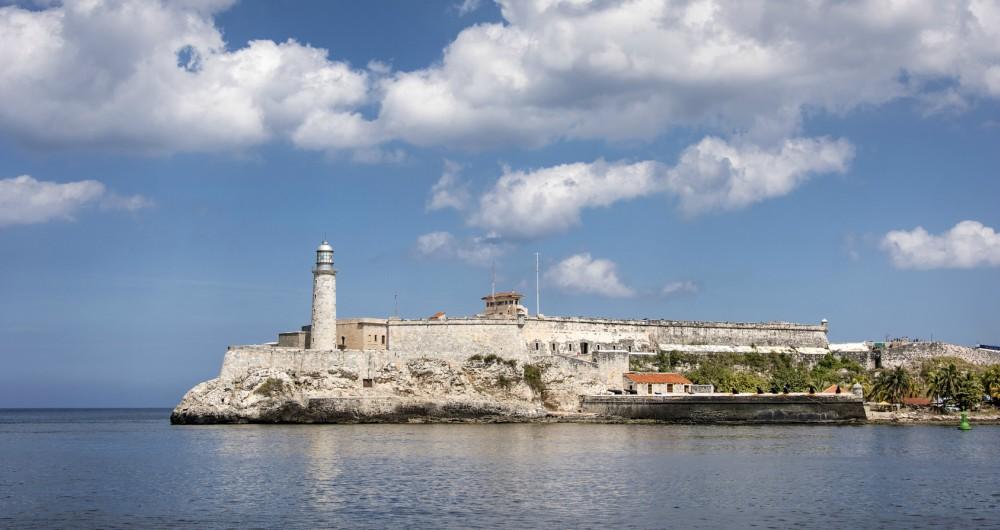In This Article
Step back in time and soak up Caribbean culture in colorful, captivating Havana! Cuba’s vibrant capital is bursting with colonial charm, vintage cars, live music, and rich history. From salsa rhythms to seaside strolls, Havana is an unforgettable experience. Please be aware of travel restrictions to Cuba for U.S. citizens.
Best Time to Visit
The best time to visit Havana is during the dry season from November to April. Expect warm temperatures, sunny skies, and ideal conditions for walking tours, beach excursions, and cultural festivals.
How to Get There
- By Air: Fly into José Martí International Airport (HAV), located about 30 minutes from central Havana.
- By Cruise: Some cruises include Havana as a port of call—check current travel policies and restrictions.
- From the U.S.: Direct flights are available from select cities under approved travel categories—check with your airline and the U.S. State Department for current regulations.
Where to Stay
- Iberostar Parque Central – Elegant hotel with colonial architecture, a rooftop pool, and a central location in Old Havana.
- Hotel Nacional de Cuba – Iconic hotel with vintage glamour, sea views, and a history of famous guests.
- Casa Particulares – Locally owned guesthouses offering authentic stays and warm Cuban hospitality.
Recommended Activities for Families
1. Browse Rare Finds and Revolutionary Reads at the Book Market in Plaza de Armas
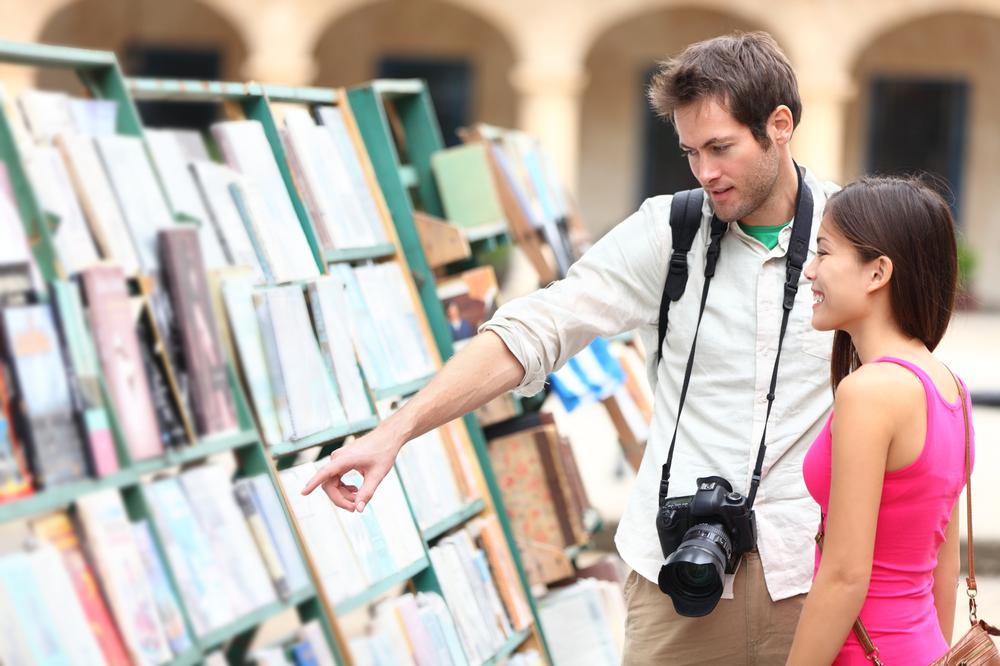
© Courtesy of Maridav - Fotolia.com
In the heart of beautiful Old Havana, on the shady cobblestoned Plaza de Armas, is one of Havana’s landmarks – The Book Market. Occupying about 100 square meters in front of the magnificent baroque Palace of the Captains General, the market opened first in the 1990s.
Most of the roughly 20 book sellers have been there ever since, selling old, rare, and new books, naturally including a lot of publications by Hemingway and Castro, but also old photos and postcards and even coins. Some photos feature the old Cuba that is quickly disappearing and are quite beautiful. Most of buyers at the market are foreigners as locals find the prices unaffordable.
Tacon Street, Old Havana, Havana, Cuba, Phone: 535-803-4082
2. See Havana in a Whole New Light with the Camera Obscura's 360-degree Cityscape
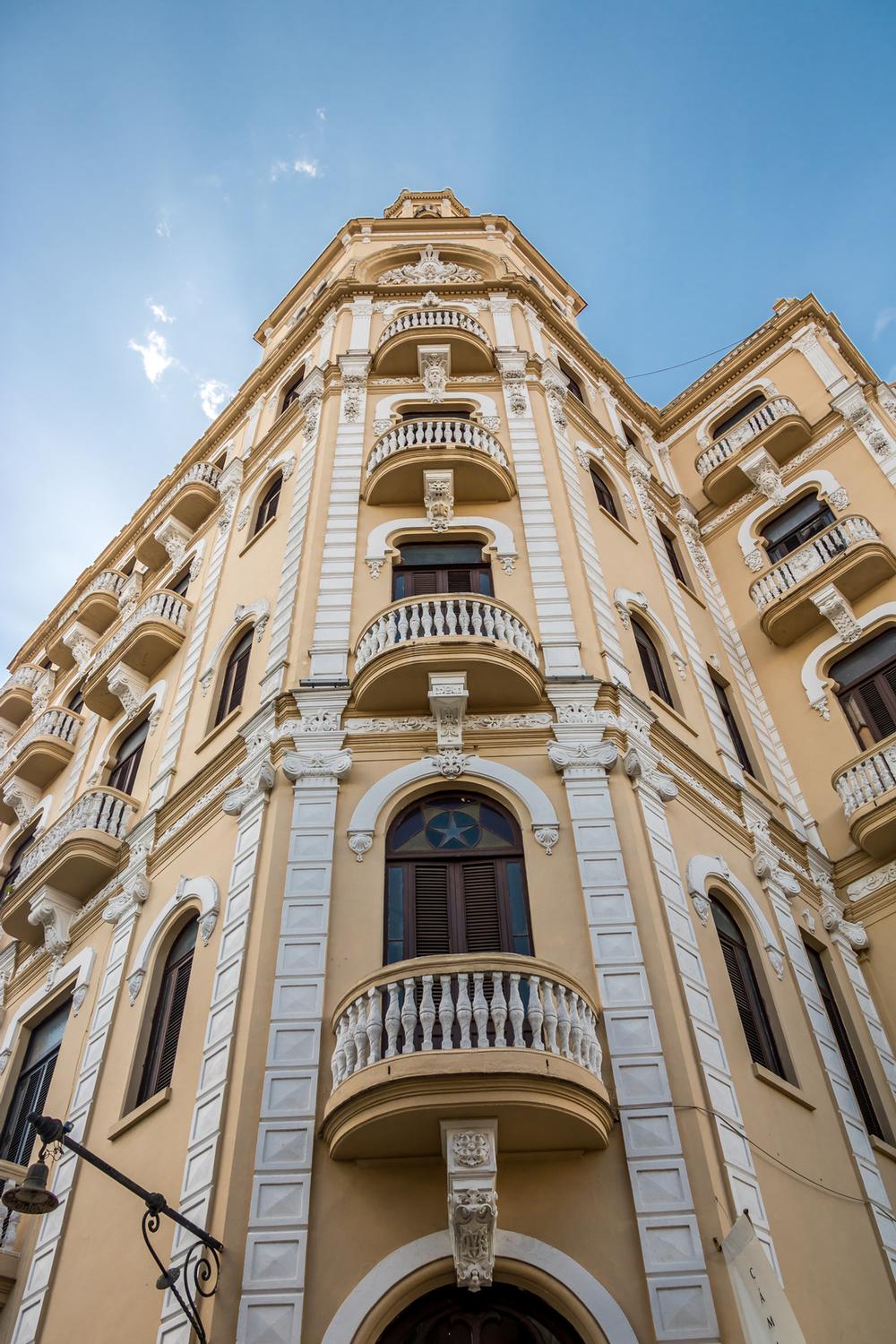
© Courtesy of diego grandi - Fotolia.com
Located on the Plaza Vieja on the top floor of the Edificio Gómez Vila is Havana’s Camera Obscura, an interesting optical device invented by Leonardo da Vinci that provides a live 360-degree view of the entire city of Havana. The panoramic view of the city is projected with a magnification factor of 30 onto a black screen through the camera’s peephole.
The camera uses a turret that an operator rotates while changing the angle of the mirrors to provide a full view of the city. The operator accompanies different views of the city with a humorous and well-informed narrative. The camera was gifted to Havana’s Historian’s Office by the Council of Cadiz in Spain.
Edificio Gómez Vila, Plaza Vieja, Mercaderes y Teniente Rey, Mercaderes, Havana 10100, Cuba, Phone: 537-862-1801
3. Step Into Colonial Might at Castillo de la Real Fuerza and Watch History Stand Guard
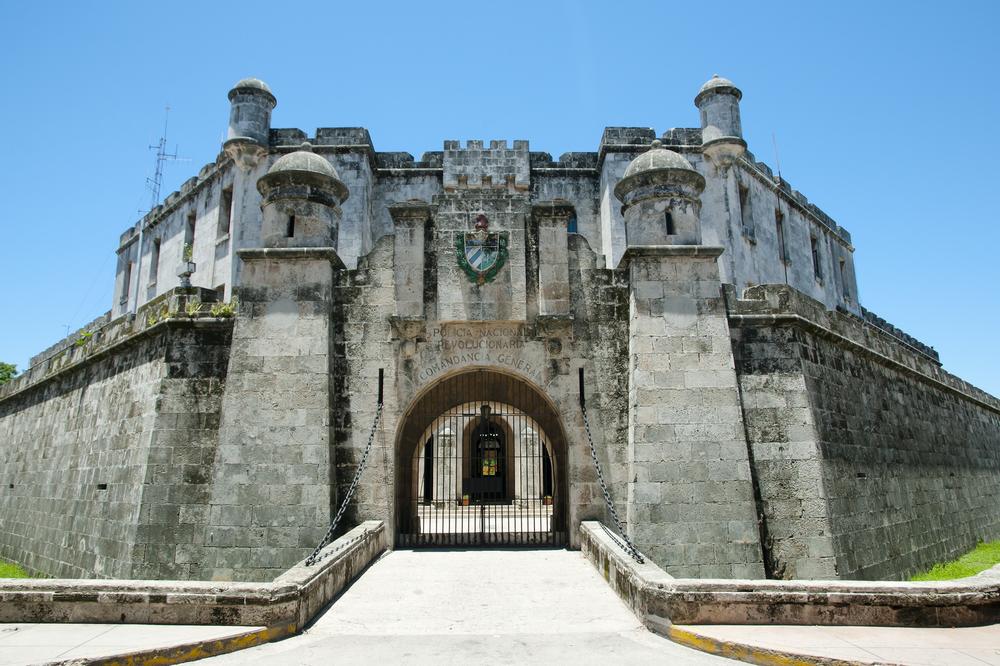
© Courtesy of Adwo - Fotolia.com
The Castillo de la Real Fuerza (the Castle of the Royal Force) was completed in 1577 by Spanish authorities to protect Havana from attacks by pirates or rival powers and is one of the oldest stone fortifications in the Western Hemisphere. It is the main architectural element of Old Havana and a UNESCO World Heritage Site.
The castle is located quite a distance from the entrance to Havana’s bay and did not fulfil its mission – English invaders took Havana in 1762 without exchanging any fire with the castle’s forces. For a while, the Castillo hosted Cuba’s National Archive and National Library and, after the Cuban Revolution, the government offices. Today, it houses a museum of Cuban ceramics, showcasing Cuban pottery from pre-Columbian times to today. There is a magnificent view of the city and the bay from the small café on the ramparts.
O'Reilly, La Habana, Cuba, Phone: 537-861-5010
4. Climb the Ramparts of El Morro and Gaze Where Cannonballs Once Flew
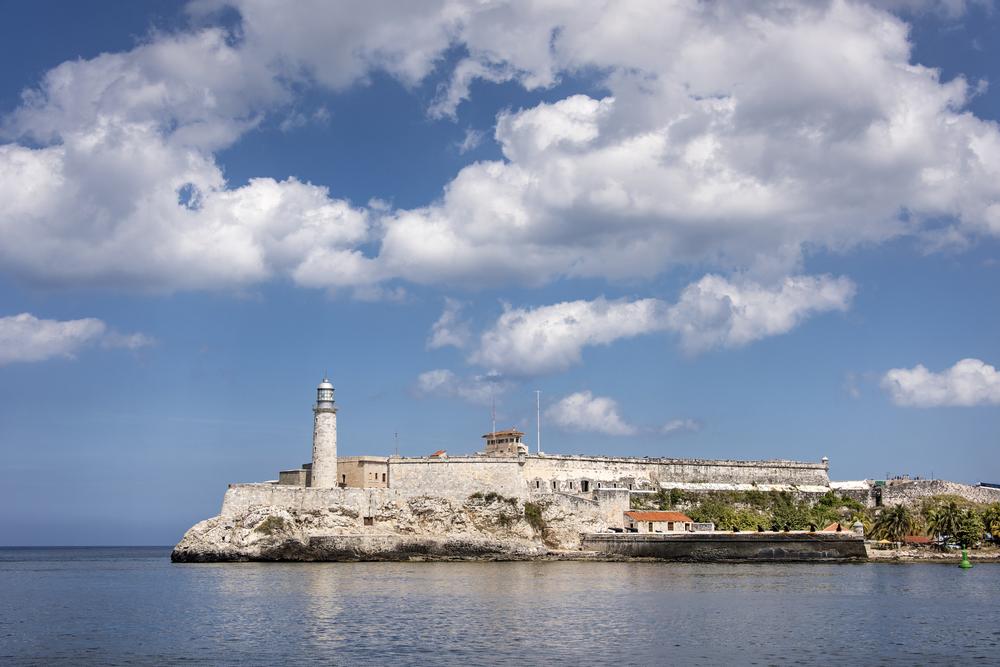
© Courtesy of Rolf G. Wackenberg - Fotolia.com
Located on the high promontory across the harbor from Old Havana, Morro Castle was built in 1589 to guard the entrance to Havana Bay. It is one of the city’s best known symbols and can be seen from miles away. The castle had a watchtower until the British destroyed it during their 1762 siege of Havana.
The Faro Castillo del Morro lighthouse was built in 1846. El Morro used to house a lighthouse keepers’ school and today contains an exhibition on Cuban lighthouses. The cannons placed around the fortifications are in bad shape as they are rusted and neglected, but the walls are well preserved. The central barracks are four stories high and house a small exhibition on underwater archeology. There is a small turret at the end of the wall with spectacular views of the bay and sea pounding the rocky coast below.
Tel.
Castillo de los Tres Reyes del Morro, Havana, Cuba, Phone: 537-861-9727
Attractions for Couples
5. Admire Baroque Grandeur at Catedral de San Cristobal in the Heart of Old Havana

© Courtesy of kmiragaya - Fotolia.com
Located in the Plaza de la Catedral in the heart of Old Havana, the Cathedral of the Virgin Mary of the Immaculate Conception is probably the most beautiful of the eleven Roman Catholic cathedrals in Cuba and one of the oldest in the Americas. Its two mismatched towers frame the magnificent, highly ornate baroque façade.
The structure was completed in 1787 and became a cathedral when the diocese of Havana was created. It housed the remains of Christopher Columbus until 1898 when they were moved to Seville in Spain. The classical cathedral’s interior is fairly austere and has wonderful frescoes above the altar from the late 1700s as well as copies of original paintings by Rubens and Murillo. There is great view from one of the towers.
Catedral de San Cristobal
, Empedrado, La Habana, Cuba, Phone: 537-861-7771
6. Stroll El Malecon and Let the Sea Breeze Carry Stories of the City

© Courtesy of kmiragaya - Fotolia.com
El Malecon is a broad seafront esplanade, promenade, roadway, and seawall that creates the most recognizable picture of Havana and is where everything that happens in Havana starts and ends. This 8-km-long waterfront stretches from Havana Harbor in Old Havana, through the Centro Habana neighborhood, all the way to Vedado.
Its construction started in early 1900 and continued to develop with a quirky mix of architecture that ranges from neoclassical to art nouveau. Time, neglect, and the elements have done their job on the old buildings and many are now in dire need of restoration. El Malecón was built to serve as a protective wall against the waves and northern winds, but quickly became a favorite spot for sunset walks along the harbor, meeting with friends, romantic encounters, or just soaking up the spirit of old Havana.
Centro Habana, Havana, Cuba, Phone: 535-282-3586
7. Explore the Vast Walls of La Cabana and Feel the Weight of Revolution
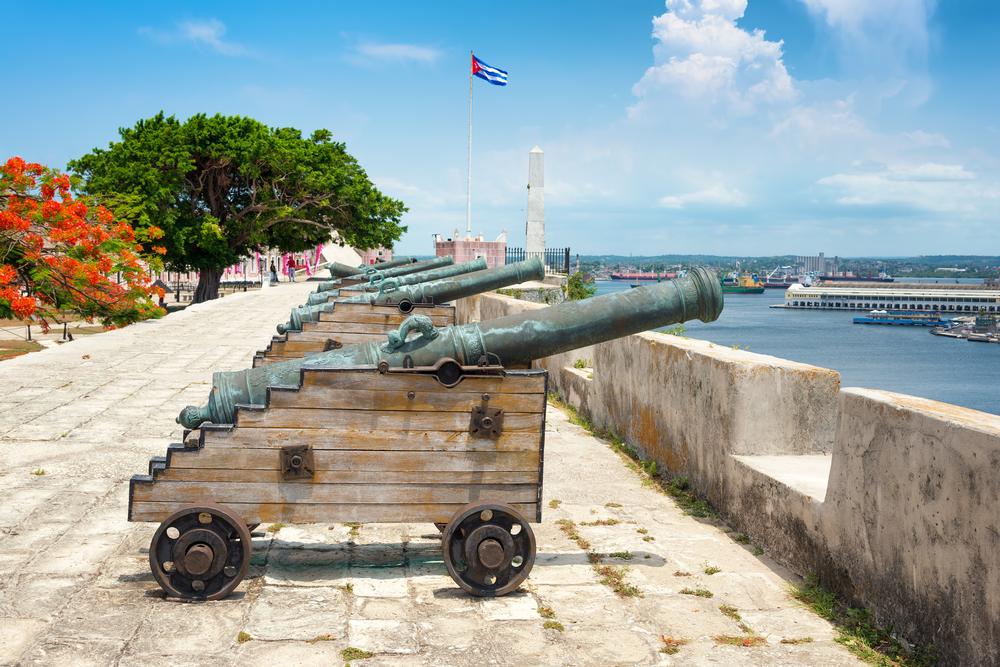
© Courtesy of kmiragaya - Fotolia.com
Fortaleza de San Carlos de la Cabana, or La Cabaña as the locals call it, is the third-largest fortress complex in the Americas. It is 700 feet long and rises 200 feet from the entrance of Havana Harbor, right alongside Morro Castle.
The fortification was built in 1763 by Spanish King Carlos III in order to improve the defense of Havana from landward side. During the independence wars, the fortress was used mostly as a prison and storage facility, and later as Che Guevara’s headquarters. Today it is established as the Parque Histórico Militar Morro-Cabaña and houses a number of museums such as the Museum of Arms, the Command Headquarters of Che Guevara, and a museum of the fortress’ history.
8. Wander Through Fusterlandia Where Every House Becomes a Canvas

© Courtesy of Charlie Rosenberg - Fotolia.com
When renowned Cuban artist José Fuster came back from a tour of European galleries, he decided to recreate the public art of Gaudi in Barcelona and Brâncu?i in Romania in his home country. He bought a small house in the village of Jaimanitas near Havana, decorated it with intricate, colorful mosaics, then moved to his neighbors’ houses, bus stops, doctors’ offices, fountains, gateways, benches, and anything else he could lay his hands on.
After a decade, his village grew into a whimsical fantasy world that brings tourists by busloads to this once poor village. The village became known as Fusterlandia, and many other villagers became inspired to express themselves through colorful tiles, creating a never-ending, constantly changing art gallery that delights everyone who visits.
9. Experience Drama, Dance, and Elegance at Gran Teatro de La Habana
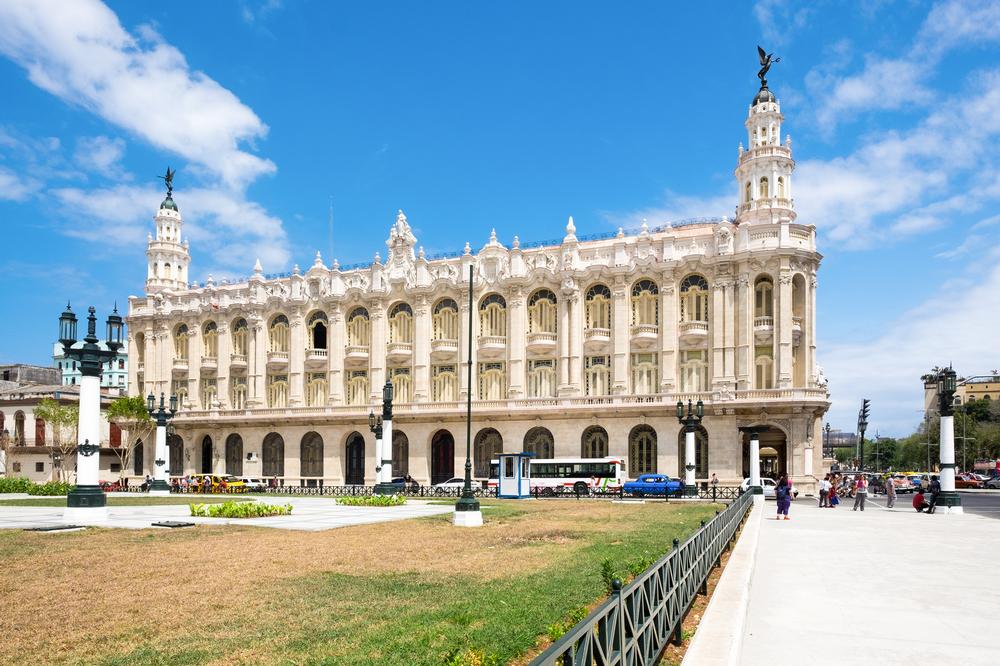
© Courtesy of kmiragaya - Fotolia.com
The
Gran Teatro de La Habana Alicia Alonso is a magnificent neo-baroque building located across the street from Parque Central in the Paseo del Prado in Havana. It was built and financed by Galician refugees as the Galician Centre of Havana, and it opened its doors in 1915. The theatre is home to the world-famous Ballet Nacional de Cuba, which was founded by Alicia Alonso in 1948, as well as to the Cuban National Opera.
In the building are also the stately Teatro García Lorca and two concert halls: The Sala Ernesto Lecuona and the Sala Alejo Carpentier. There is also a small art gallery, screening rooms, conference rooms, and rehearsal rooms for various dance groups. The theatre hosts the annual International Ballet Festival of Havana.
458 Paseo de Martí, La Habana 10600, Cuba, Phone: 537-861-3096
10. Raise a Glass at Hotel Nacional and Relive Cuba’s Golden Era by the Sea
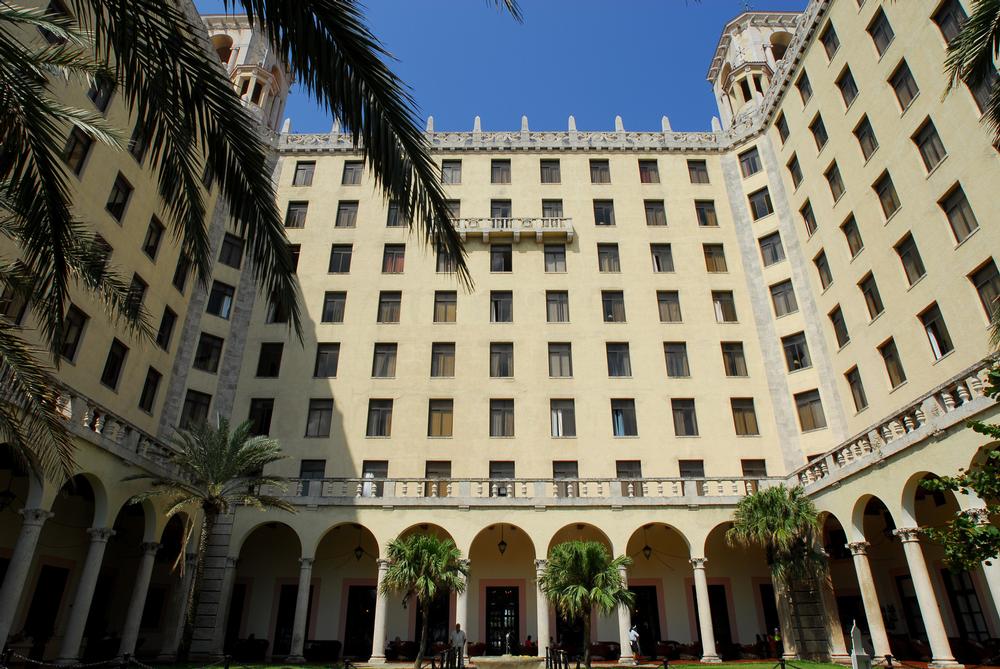
© Courtesy of mrpics - Fotolia.com
Hotel Nacional de Cuba is a historic hotel located in the center of the Vedado neighborhood on a hill overlooking the sea with magnificent views of the city and the entire harbor. The hotel was opened in 1930, features fine art deco details and is surrounded by beautifully maintained gardens.
It is considered a symbol of Cuba, its culture, history, and national identity and has been declared a National Monument. The guns of the Santa Clara Battery that are exhibited in the hotel garden are part of a World Heritage Site. This beautiful 85-year-old hotel is known for its opulence and luxury and in its time hosted many important personalities and celebrities such as Winston Churchill, Frank Sinatra, Johnny Weissmuller, and Ava Gardner.
Calle 21 y O | Vedado, Plaza, Havana 10400, Cuba, website, Phone: 537-838 -0294
Attractions for First Time Visitors
- Old Havana (Habana Vieja) – Explore cobblestone streets, lively plazas, and beautifully restored colonial buildings.
- El Malecón – Havana’s famed seaside promenade, perfect for sunset walks and people-watching.
- Fusterlandia – Whimsical mosaic neighborhood created by artist José Fuster, full of colorful public art.
- Museum of the Revolution – Learn about Cuba’s political history inside the former presidential palace.
- Capitolio Nacional – Impressive neoclassical landmark resembling the U.S. Capitol, recently restored to grandeur.
Where to Eat
- La Guarida – Iconic paladar (private restaurant) offering Cuban gourmet cuisine in a romantic rooftop setting.
- El Cocinero – Trendy rooftop restaurant next to the Fabrica de Arte Cubano, serving creative international dishes.
- Dona Eutimia – Popular spot for classic Cuban comfort food tucked into a quiet alley near Plaza de la Catedral.
Local Events
- Havana International Jazz Festival (January) – Celebrates global jazz with top performers and local talent.
- Havana Biennial (Every 2 years, spring) – Major contemporary art event featuring exhibits across the city.
- Carnaval de La Habana (August) – A colorful parade of music, dance, and traditional Cuban celebration along the Malecón.
Day Trips Within 30 Minutes of Havana, Cuba
- Regla (10 min by ferry) – Visit colonial churches, explore Afro-Cuban religious sites, and enjoy harbor views across from Old Havana.
- Guanabacoa (15–20 min) – Discover rich Afro-Cuban culture, art museums, and centuries-old churches in this historic town.
- Cojímar (15–20 min) – Walk Hemingway’s fishing village, dine on fresh seafood, and enjoy seaside castle ruins.
- Marianao (20–25 min) – Explore cultural institutions, catch a baseball game, or stroll through leafy neighborhoods.
- Playa (15–20 min) – Visit embassies, Miramar mansions, and upscale dining and shopping districts west of Havana.
- Boyeros (25–30 min) – See Cuban aviation history at the Museo del Aire or visit the Havana Zoo nearby.
- La Lisa (25–30 min) – Experience everyday Cuban life in a peaceful, residential neighborhood with parks and markets.
- Habana del Este (20–30 min) – Relax on Playas del Este beaches, including Santa María del Mar and Guanabo.
- Santa María del Mar (30 min) – Swim, sunbathe, or sip mojitos on one of Havana’s best white-sand beaches.
FAQ
-
What makes Havana a fascinating destination?
-
The capital of Cuba, Havana is a fascinating old town and has been the star of many novels, movies, and songs. It is rich in history and culture and holds a special fascination for many Westerners.
-
What historical landmarks can be found in Havana?
-
Its history is visible everywhere – from magnificent old squares such as San Francisco de Asis and famous promenade Malecón, to the old forts such as the Castillo de la Real Fuerza or Morro Castle.
-
What should U.S. citizens be aware of when traveling to Havana?
-
Please be aware of travel restrictions to Cuba for U.S. citizens.
How did I do?
Is the article too broad, too narrow, or just right ? Do you like the presentation of photos and text? Let me know in the comments! If you want to see more in this location, I can put it on my editorial calendar. I'm listening!
Plan Your Trip


